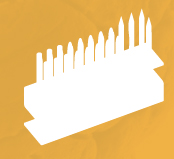![]() EYEBALL KICKS
EYEBALL KICKS
Shots from a Revolution
“Desperation and insecurity.” That’s what Mark Richards says drove him to photograph the machines in Core Memory: A Visual Survey of Vintage Computers (text by John Alderman, Chronicle Books, May 2007). After a long freelance career shooting hot spots like Afghanistan in the 1980s for Time and Newsweek, Richards realized that photojournalism was dying, and went on a frantic search for something new.
He found it on a visit to the Computer History Museum in San Jose, Calif., where he was struck by the unintended beauty of early computers built in military-funded university labs. Using a digital camera wired to a laptop monitor, Richards’ complex lighting schemes and 30-second exposure times show the rest of us what he first saw in his mind’s eye.
—Mark Frauenfelder
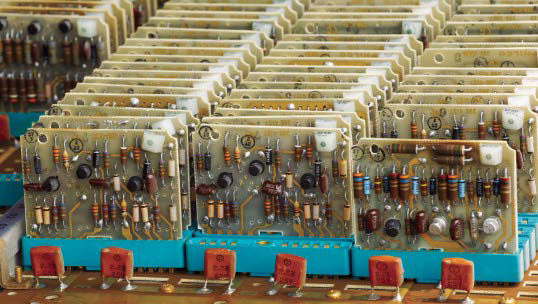
Philco 212, 1962. Memory: 64K. $1.8M.
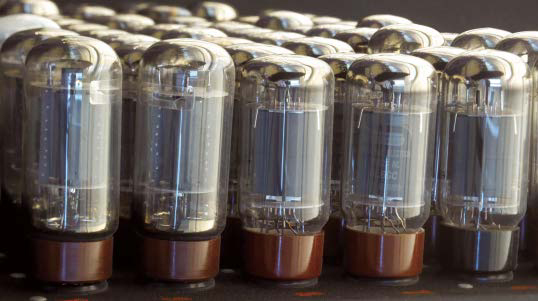
ENIAC, 1946. Memory: Ten 10-digit numbers. $500k.

Burroughs ILLIAC IV, 1975. The fastest computer in the world at the time cost $31 million and ran until 1982.
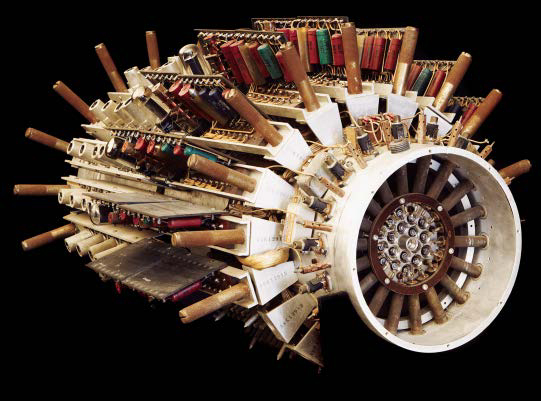
UNIVAC I, 1951. The first commercial computer in the United States boasted 20K of mercury delay-line memory.

Apollo Guidance Computer, 1965. Each NASA moon mission used two of these $250k computers with 4K RAM.
Make: Projects
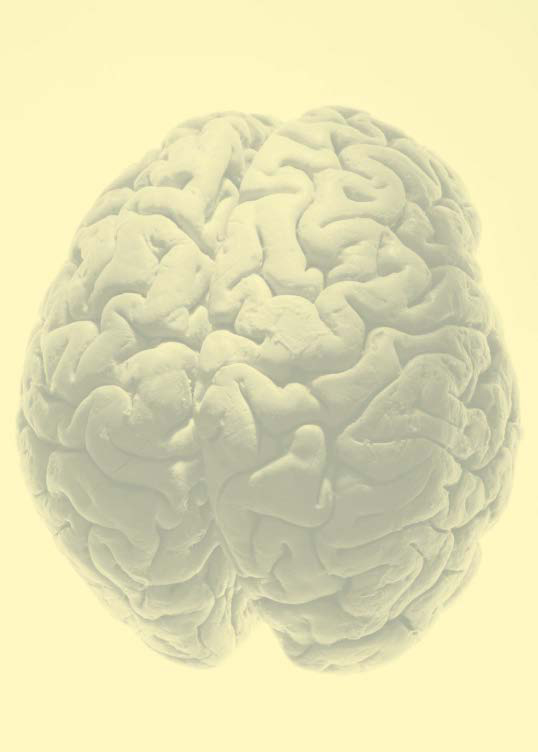
Photograph by Getty Images
Deep-cycle your mind with a sound-and-light show at brain wave frequencies. More interested in a no-brainer? Bend a mod desk set out of pliable ABS plastic and you’ll have your hands on a truly miraculous material. Or, if you prefer getting your hands dirty, take pointers from the scientists who worked on Biosphere II and engineer an ecosystem with your own Tabletop Shrimp Support Module.


